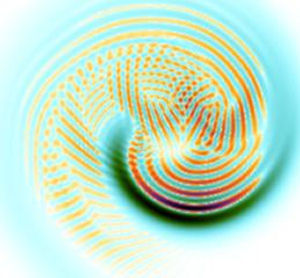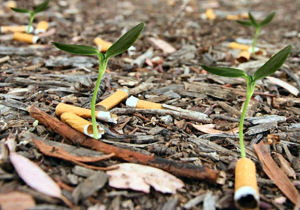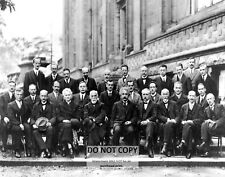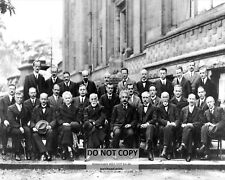
Argonne biochemist David Tiede explained that while different species of plants, algae and bacteria have evolved a variety of different mechanisms to harvest light energy, they all share a feature known as a photosynthetic reaction center. Pigments and proteins found in the reaction center help organisms perform the initial stage of energy conversion. These pigment molecules, known as chromophores, are responsible for absorbing the energy carried by incoming light. After a photon hits the cell, it excites one of the electrons inside the chromophore.
The quantum effects observed in the course of the experiment hint that the natural light-harvesting processes involved in photosynthesis may be much more efficient than previously indicated by classical biophysics. “It leaves us wondering: how did Mother Nature create this incredibly elegant solution?” pondered Argonne chemist Gary Wiederrecht.
The results of the study will eventually influence the creation of artificial materials and devices that can imitate natural photosynthetic systems. “The level that we are at with artificial photosynthesis is that we can make the pigments and stick them together, but we cannot duplicate any of the external environment,” explained Tiede. “The next step is to build in this framework, and then these kinds of quantum effects may become more apparent.”
Because the moment when the quantum effect occurs is so short-lived (less than a trillionth of a second), Tiede believes scientists will have a hard time ascertaining biological and physical rationales for the effect’s existence in the first place. “It makes us wonder if they are really just there by accident, or if they are telling us something subtle and unique about these materials,” he mused. “Whatever the case, we’re getting at the fundamentals of the first step of energy conversion in photosynthesis.”
Related:
Discuss this article in our forum
Electricity generated directly from photosynthesis
Evolutionary Algorithms Used To Design A Better Leaf
MIT scientists create self-assembling solar cell
Quantum Shenanigans Of Photosynthesis Mapped















![Kantai Collection Doujinshi [Quantum Mechanics Rainbow 01] SEQMED Anime Manga picture](/store/img/g/8TAAAOSwdtBlgfy2/s-l225/Kantai-Collection-Doujinshi-Quantum-Mechanics-Rain.jpg)

Comments are closed.